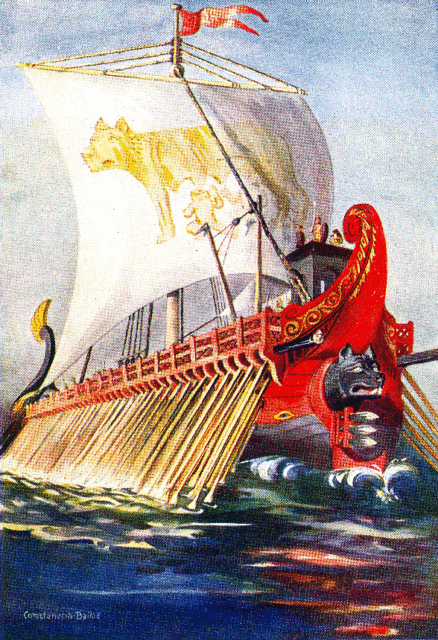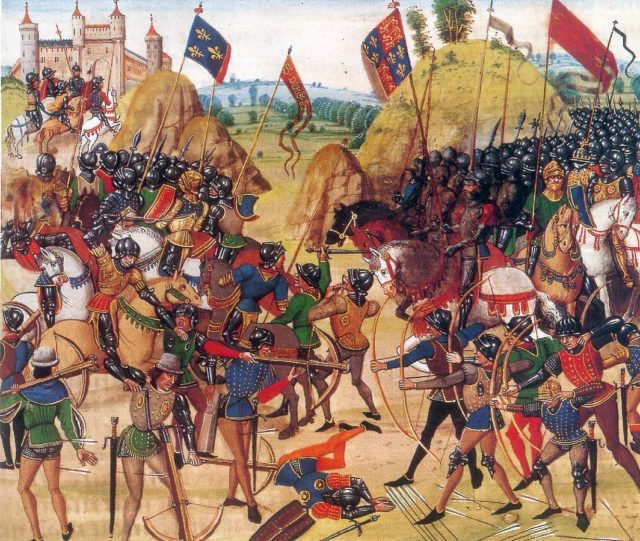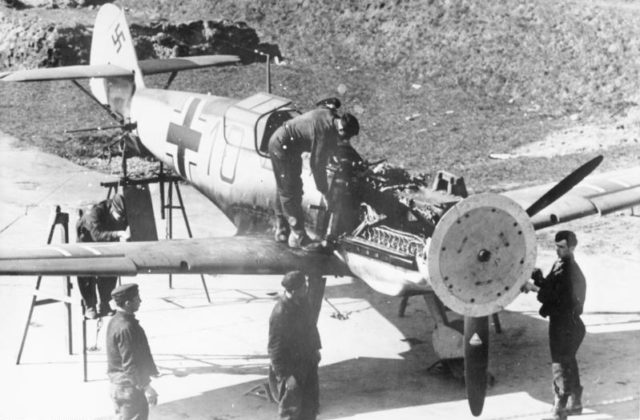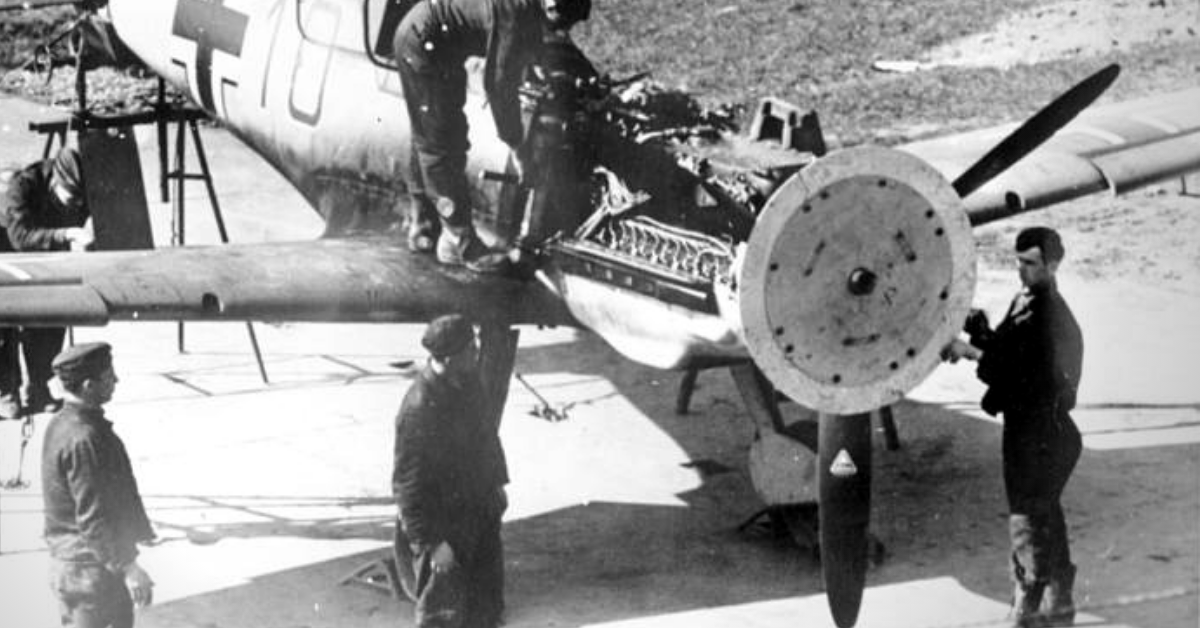In war, one side often adopts the tactics or weapons of another. A lot of the time this is a matter of small shifts, the gradual adoption of ideas by both sides. Much of this happens while countries aren’t at war with each other. But sometimes, we can obviously see a side stealing technology from their enemies.
Rome Steals the Carthaginian Galley
The Roman Empire rose to dominance through the Punic Wars of 264 to 146 BC. Larger than any wars that had previously been fought, these saw Rome replace Carthage as the most powerful nation in the Mediterranean, which they then referred to as “our sea.”
At the start, the Carthaginians had many advantages. They were far better sailors, with great experience trading and fighting on the waves. On top of this, they had better ships.
Rome’s fleet was mostly made up of triremes, ships with three banks of oars. Fast and maneuverable, they were excellent ships for ramming and boarding opponents.
The Carthaginians sailed far larger quinqueremes, which could readily beat a trireme in a straight fight.
According to Polybius, a Greek historian, the Carthaginians lost this advantage when one of their ships ran aground on Roman territory. The Romans captured the ship and reverse engineered it to find out how it was built. Within sixty days they were building their own quinqueremes and by applying the resources of their empire, they soon had a fleet of these powerful ships.
England Adopts the Longbow
No weapon is more iconic of English military endeavour than the longbow. It was the weapon that brought victory against the French at Crecy, Poitiers, and Agincourt. For centuries, English law dictated that men should train in its use and that they could legally use it to shoot Welsh raiders coming across the border.

The irony was that the longbow was a Welsh weapon.
Archery was not unknown in English armies before Edward I’s invasion of Wales from 1277 to 1283. But bows were not popular in the armies of the English, who preferred to rely upon heavily armed knights backed up with infantry, much like the French. In Wales, those knights discovered how vulnerable they were to powerful bows. Though the Welsh were eventually subdued by Edward, they put up fierce resistance, the longbow’s penetration of heavy armor alarming the English.
So they adopted the weapon as their own, and archery was revived in England. By the time Edward I’s grandson, Edward III, launched the Hundred Years War with France, archers were a mainstay of his army. The majority of the men Henry V led to victory at Agincourt were not armored noblemen and men-at-arms. They were English and Welsh archers, armed with those dreaded longbows.

Theft from the Skies: World War One
The war in the skies above the trenches of World War One was a war of innovation. Never before had pilots dueled above the battlefield, their planes becoming weapons. A whole new field of martial endeavor was born, and in four short years transformed from men dropping bricks to a dizzying melee between highly skilled pilots in sophisticated machines.
One of the greatest challenges early in the war was weaponising aircraft. The Italians had dropped small bombs from planes in Africa, but no-one had fitted a gun to one before. It quickly became apparent that weapons were best fitted in line with the body of the plane so that the pilot could easily aim by pointing his craft. But this created a problem. The propeller was at the front of the plane, and a gun placed along the pilot’s line of site risked shooting this off.

Various solutions were tried, including metal plates to reinforce the propeller. It was Anthony Fokker, the engineer behind most of Germany’s aerial breakthroughs, who mastered the real solution – the interrupter gear. This would automatically interrupt the firing of the gun whenever the propeller was in the way. The pilot could keep their finger on the trigger, safe in the knowledge that they would not shoot their own plane apart.
Fokker’s invention hit the skies in 1916, and for six months it gave the Germans dominance. Then a German plane was shot down over Allied lines, and the Allies were finally able to examine and imitate the technology.
The extent to which British interrupters were a straight theft from Fokker is disputed. Both sides had been working on mechanisms like this, based on a pre-war patent. But British interrupters had not been as effective and stealing from Fokker let their engineers catch up.
The Atomic Bomb
From the start, the development of atomic weapons was the subject of massive espionage. Soviet agents inside the Manhattan Project sent information back to the USSR. As the Second World War ended and the Cold War began, an erratic stream of secrets flowed out of the American weapons projects.
Men such as Morris Cohen, Klaus Fuchs, and Theodore Hall passed details of bomb design to the Soviet Union. As with so much Cold War espionage, the details remain murky. Whether for ideals or self-interest, men sent information to the enemy, as the two great superpowers faced off against each other. Some of these men were tried and punished, some confessed years later, and some probably remain unknown.
The result was an acceleration of the Soviet atomic program. Without the information, the Russians would still have built the bomb. They had skilled scientists and the same basic principles the Americans, British, and others were working from. But stolen technology speeded up the process. Information on areas such as critical mass allowed the Soviets to avoid slow and costly weapons testing, arming them with atomic weapons years faster than would otherwise have been the case.
